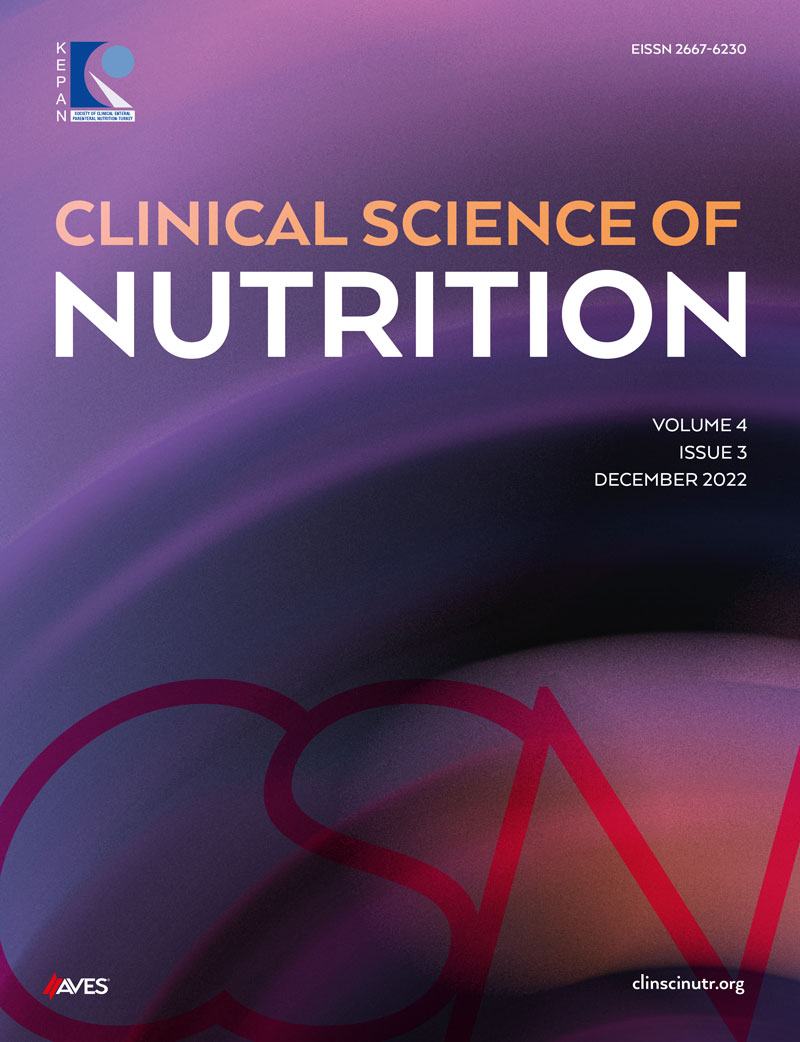Abstract
Objective: The aim of our study is to compile the muscle mass index and cut-off levels of the height squared-, weight-, and body mass index-adjusted models, used in the literature for the diagnosis of sarcopenia. The study also aims to create a new appendicular skeletal muscle mass estimation equation for non-segmental bio-impedance analyzer and to determine the relationship between all these muscle mass indices and muscle strength.
Methods: Body composition was assessed with bio-impedance analyzer, and muscle strength was assessed by hand grip strength with hand dynamometer. Absolute muscle mass, fat free mass, skeletal muscle mass, and appendicular skeletal muscle mass levels measured by bio-impedance-analyzer were calculated with the estimation equations defined in the literature; separately, height-, weight-, and body mass-indexed models were created. The averages of these indices, 2 standard deviation low, as well as correlation analysis with hand grip strength were performed. Multiple linear regression analyses were performed to construct the appendicular skeletal muscle mass estimation equation.
Results: A total of 200 young healthy individuals aged 18-40 years (50% male) were included in the study. The cut-off thresholds were 28/16 for hand grip strength; 20.1/13.3 kg for appendicular skeletal muscle mass; 7.0/5.4 kg/m2 for appendicular skeletal muscle mass/height squared; 29.7/22.8% for appendicular skeletal muscle mass/weight; 0.81/0.56 for appendicular skeletal muscle mass/body mass index based on 2 standard deviation lower in men and women, respectively. The linear regression analysis, which has a high correlation with hand grip strength (r: 0.719; P < .001), the appendicular skeletal muscle mass estimation, quite strong (adjusted R2: 0.959), was presented as a new equation: ASMM = 3.567 + (0.119 × h2/Z) + (4.323 × gender) + (0.164 × weight). The height squared in cm2; for gender men = 1 and women = 0; weight in kg; Z is bio-impedance-analyzer impedance in 50 Ω frequency.
Conclusion: This study showed us that body mass index-adjusted models were more strongly correlated with muscle strength than both height- and weight-indexed models, which differ from those commonly used in the literature.
Keywords: Appendicular muscle mass estimation equation, cut-off thresholds, malnutrition, muscle masses, sarcopenia
Copyright and license
Copyright © 2023 The author(s). This is an open-access article under the terms of the Creative Commons Attribution License (CC BY) which permits unrestricted use, distribution, and reproduction in any medium or format, provided the original work is properly cited.










